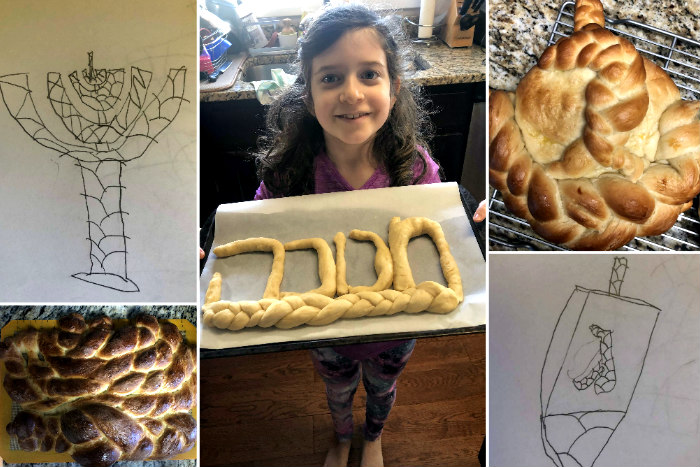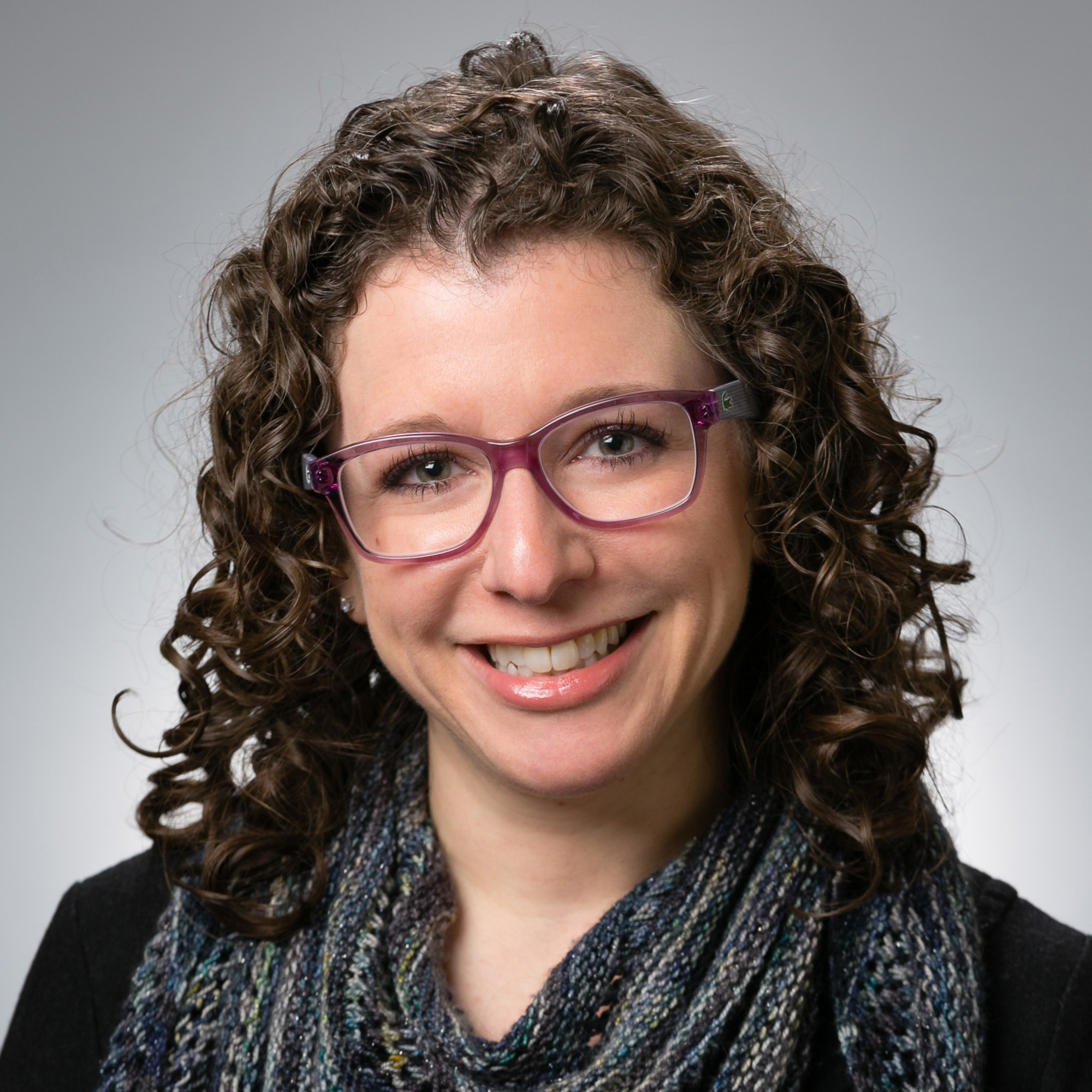
Challah has been a staple of our Friday night dinner table for years, and even more so during the pandemic. The rhythm of kneading dough every Friday helps us remember – Shabbat is coming, Shabbat is coming, Shabbat is coming.
Throughout the last eight months, my children and I have played with various symbols and styles of challah. We tried to connect the shape of our challah to an upcoming holiday, Jewish or secular, and we sought meaning in the week’s Torah portion to help guide our braids. Creating challot in this way has added meaning to our weekly practice; it grounds us in the world around us, or in a Jewish text. It reminds us that we move forward through the calendar year, and that we still find meaning in our holy text and are guided by Jewish and secular traditions – even in a time when the world around us feels very upside-down.
It is no surprise, then, that when I challenged my middle daughter to design some challot for Hanukkah, she proudly rose to the task. She designed two challot with traditional Hanukkah symbols (a hanukkiyah and a dreidel) and two for the season –(a boxed present and a Star of David). We also talked about braiding an eight-strand challah for the eight nights of Hanukkah. In the end, we decided on the dreidel and hanukkiyah as our favorite Hanukkah symbols.
We had fun talking about our favorite Hanukkah traditions, considering how much the challah would rise as we tried to stick to her design templates, and experimenting with how to braid dough in the shape of Hebrew letters. As an adult who takes pride in my baking and challah skills, working in this way with my kids is always humbling. I have to let go of the “perfect look” so they can learn how braiding a certain way, or using a lot of dough, might look in the end.
For example, the dough twists on the hanukkiyah were well-planned, but didn’t quite work as the dough shrank back on the baking sheet – and when that challah came out of the oven, it had expanded to take the full sheet, making it difficult to distinguish the hanukkiyah shape. As my daughter reminded me, “It’s still delicious.” (And she was right!)
When we had extra dough, we decided to make long strands and spell “Hanukkah” with Hebrew letters. As a third grader in religious school, my daughter is learning to recognize and read the Hebrew alphabet, and she was excited to make more letters from dough. When she realized the left line of the hay wouldn’t be connected, she creatively said, “let’s make a braid to connect them all!” That’s right: Challah helped her problem-solve.
We have learned much about resilience as we bake each week. Sometimes the challot come out exactly as we expected, as with the Hebrew letters challah, and sometimes they don’t, like the hanukkiyah – yet each week, they taste delicious. Either way, we have another chance to create a design, practice our braiding skills, and improve our results each week. Challah braiding has served as a way to cultivate a growth mindset in my daughters, and remind ourselves that even when the design fails, we can always try again next time.

